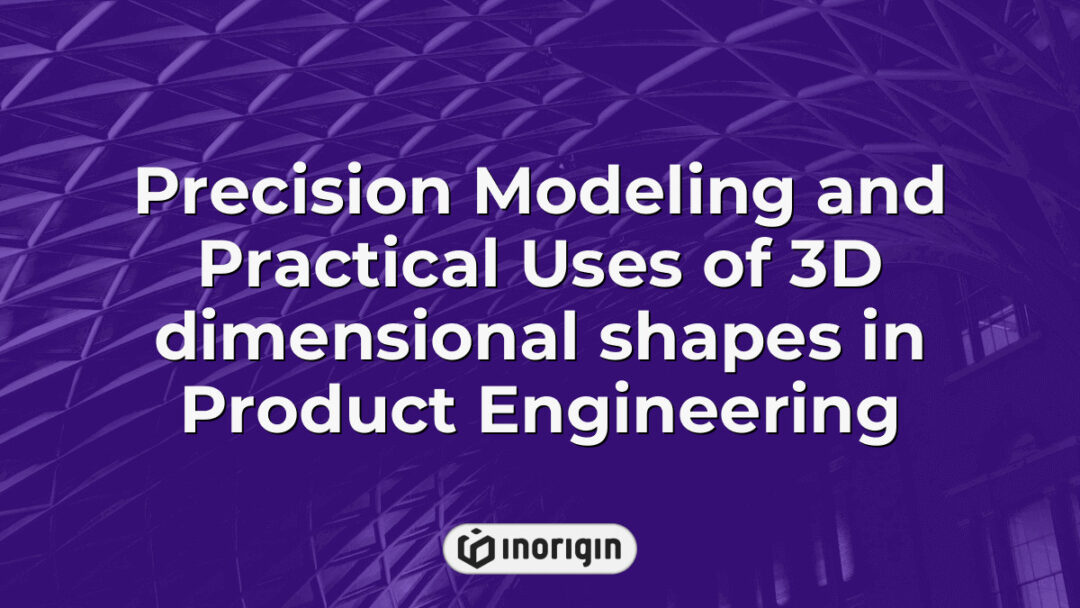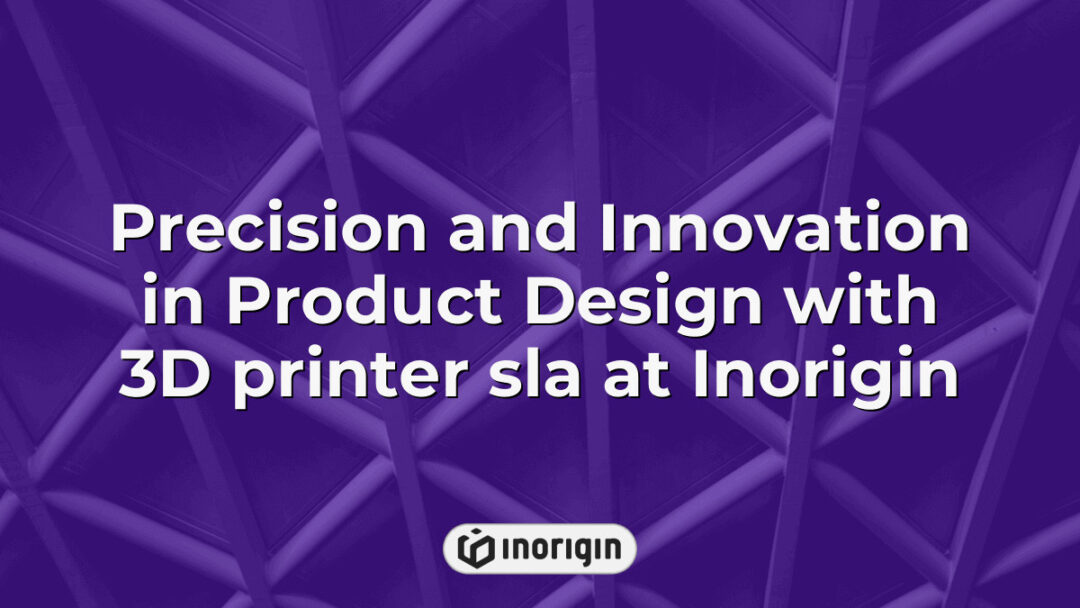"All the world’s a stage," and within this theatrical realm, production design serves as the crucial backdrop that transforms mere storytelling into an immersive visual experience. The Academy Award for Production Design recognizes outstanding artistry in creating environments that not only reflect but also enhance the narrative of a film. This discipline encompasses an intricate blend of architecture, interior design, and scenic artistry, demanding both creativity and technical proficiency to conjure worlds that resonate with authenticity and emotion. As films increasingly push the boundaries of imagination, understanding the role of production design becomes essential for appreciating how these meticulously crafted spaces contribute to cinematic storytelling and audience engagement.
| Aspect | Key Takeaway |
|---|---|
| Academy Award Production Design | The Academy Award production design honors exceptional skill in crafting immersive film environments that elevate storytelling and viewer engagement. |
| Core Components | Production design combines set architecture and authentic props to create believable worlds that reflect the film’s time, place, and mood. |
| Designer’s Role | Production designers lead multidisciplinary collaboration to develop cohesive visual narratives that support and enhance the director’s vision. |
| Selection Criteria | Nominees are chosen based on originality, creativity, and the ability of the design to amplify the film’s narrative and emotional impact. |
| Industry Innovations | Integrating digital technologies like VR and sustainable design practices drives innovation while meeting evolving cinematic and audience demands. |
| Audience Impact | Production design shapes mood, authenticity, and character depth, profoundly influencing how audiences connect with the story. |
| Notable Examples | Films like “Blade Runner 2049” and “The Grand Budapest Hotel” exemplify how superior production design enhances atmosphere and storytelling clarity. |
The Importance Of Production Design In Film
The adage "the devil is in the details" aptly underscores the critical role of production design in film, as it encompasses the visual aesthetics that contribute significantly to storytelling. At its core, production design involves the meticulous creation and arrangement of environments, props, and overall visual elements within a cinematic framework. This discipline not only establishes time periods and locations but also sets the emotional tone for narratives; thus, enhancing audience engagement through immersive experiences. Moreover, effective production design serves as a conduit for character development, reflecting internal conflicts or transformations visually throughout the storyline. Consequently, when audiences are drawn into well-crafted worlds that resonate with authenticity and thematic relevance, they are more likely to form deeper connections with both characters and plots. Ultimately, the intricate interplay between production design and narrative coherence elevates films from mere entertainment to profound artistic expressions capable of evoking complex emotions and thoughts among viewers.
Key Elements Of Production Design
The intricate tapestry of a film’s visual narrative is woven from various threads, with production design serving as one of the most vital components. For instance, consider a historical drama set in 19th-century England; the authenticity and immersive quality achieved through meticulous attention to period-specific details can transport viewers into that era, much like stepping through a time portal. Key elements of production design encompass several foundational aspects crucial for crafting this authentic experience:
- Set Design
- Architectural accuracy
- Spatial organization
Props and Decor
- Authenticity of objects
- Thematic relevance
Each element plays an integral role in establishing not only the physical environment but also the emotional tone and thematic depth of a film. Set design involves creating spaces that reflect the story’s context while ensuring architectural integrity aligns with its temporal setting. This process requires collaboration among directors, art directors, and other creative professionals who contribute their expertise to manifest a cohesive vision. Similarly, props and decor are essential in enhancing storytelling by providing tangible connections to characters’ lives and experiences; they serve as extensions of character identities, revealing nuances about motivations or socio-economic backgrounds.
Through careful synthesis of these key elements—set design and props—the production designer crafts environments that resonate deeply with audiences, enriching their understanding of both plot and character dynamics. Such thoughtful construction elevates cinematic narratives beyond mere entertainment; it transforms them into lifelike experiences where every detail contributes meaningfully to audience engagement.
Notable Academy Award Winners In Production Design
The Academy Awards, often heralded as the pinnacle of cinematic achievement, paradoxically spotlight a category that frequently evades mainstream recognition—production design. While audiences may be captivated by performances and narratives, it is the meticulous artistry behind set creation that intricately weaves these elements into a cohesive visual tapestry. Notable winners in this domain have included films such as "Blade Runner 2049," which masterfully juxtaposed dystopian landscapes with futuristic aesthetics, earning accolades for its immersive world-building. Similarly, "The Grand Budapest Hotel" received acclaim for its whimsical yet precise architectural details that complemented the film’s narrative tone. Furthermore, "Mad Max: Fury Road" exemplified how dynamic environments can enhance storytelling through innovative use of practical effects and expansive desert vistas. These exemplary productions illustrate not only technical prowess but also underscore production design’s vital role in shaping audience perceptions and experiences within cinema. Thus, while often overlooked in favor of more glamorous categories, the contributions of production designers remain essential to the very fabric of filmmaking itself.
The Role Of The Production Designer In Film Production
The production designer plays a pivotal role in the film production process, influencing not only the visual aesthetics but also the narrative and emotional undertones of a cinematic work. Initially, this professional is tasked with interpreting the screenplay to create an immersive environment that enhances storytelling; through meticulous research and collaboration with directors and cinematographers, the production designer establishes a cohesive visual language. Furthermore, as pre-production progresses, the designer transforms conceptual ideas into tangible designs—crafting detailed sketches and models that guide the construction of sets. This phase culminates in an intricate dance between creativity and practicality, necessitating negotiations with various departments such as art direction and set decoration to ensure alignment with budgetary constraints while preserving artistic integrity. Ultimately, it becomes evident that the contribution of the production designer extends far beyond mere aesthetics; their vision shapes audience perceptions and experiences, anchoring viewers within the world crafted on screen. The interplay between design elements not only enriches narratives but also elevates films into memorable works of art that resonate long after viewing.
Trends And Innovations In Production Design
Trends and innovations in production design have significantly evolved, reflecting broader technological advancements and changing audience expectations. Firstly, the integration of digital technology has transformed traditional practices; for instance, the use of virtual reality (VR) and augmented reality (AR) allows designers to visualize spaces in immersive environments before physical construction begins. Moreover, sustainable design practices are gaining prominence as filmmakers increasingly prioritize eco-friendly materials and methods, thus reducing environmental impact while enhancing aesthetic appeal. Additionally, the rise of streaming platforms has influenced production design by fostering diverse storytelling approaches that necessitate unique visual styles tailored to various genres and audiences. Consequently, these developments underscore a dynamic interplay between creativity and technology within the field of production design, suggesting that future projects will continue to explore innovative solutions to meet both artistic vision and practical demands.
Frequently Asked Questions
What Is The History Of The Academy Award For Production Design?
The Academy Award for Production Design, initially known as the Academy Award for Best Art Direction, has evolved significantly since its inception. Established in 1929 during the first Academy Awards ceremony, this award was created to recognize excellence in the visual aspects of film production, specifically focusing on art direction and set design. Over time, the categories associated with this award have undergone several changes; notably, in 2012, the name was officially changed to Production Design to better reflect the broader scope of responsibilities held by production designers. Furthermore, it is essential to acknowledge that this category not only honors traditional techniques but also recognizes innovative practices and advancements within the discipline. Throughout its history, significant milestones include recognition of groundbreaking films that pushed creative boundaries and redefined aesthetic standards within the industry. Thus, the Academy Award for Production Design remains a vital component of cinematic artistry, celebrating those who contribute to creating immersive environments that enhance storytelling through visual narrative.
How Are Nominees For The Academy Award In Production Design Selected?
The process of selecting nominees for the Academy Award in Production Design can be likened to a meticulous gardener tending to an expansive and diverse array of plants, each representing the unique contributions of various films. Initially, the journey begins with submissions from studios that outline their respective productions’ artistic achievements, akin to seeds scattered across fertile ground. Subsequently, these entries undergo scrutiny by members of the branch responsible for production design within the Academy of Motion Picture Arts and Sciences. This body comprises industry professionals who evaluate each submission based on criteria such as creativity, originality, aesthetic coherence, and how effectively the design complements narrative elements. As evaluations progress, a shortlist emerges; this is analogous to pruning away less robust plants while allowing those with greater potential to flourish. The final nominations are then determined through a voting process that culminates in recognition at the prestigious awards ceremony.
To enhance understanding of this intricate selection procedure, it is advisable for aspiring filmmakers and designers to actively engage with both current trends and historical precedents in production design. Observing past nominees can provide valuable insights into what resonates within the realm of cinematic artistry.
What Are Some Common Misconceptions About Production Design?
Production design serves as the visual canvas upon which cinematic narratives unfold, yet numerous misconceptions cloud its true essence and function within the filmmaking process. One prevalent misunderstanding resides in equating production design solely with set decoration; while set dressing is indeed a critical aspect of production design, it represents merely one facet of a multifaceted discipline. Additionally, some individuals mistakenly perceive production designers as mere artists who work in isolation from other departments. In reality, collaboration is essential, as effective communication between production design teams and cinematographers, directors, and costume designers ensures that all visual elements harmonize to support the narrative’s thematic goals. Furthermore, there exists a tendency to underestimate the vast range of skills required for successful production design. This field encompasses not only artistic vision but also an understanding of architectural principles, historical accuracy, and spatial dynamics—all vital components that contribute to creating immersive worlds on screen. Ultimately, addressing these misconceptions fosters a deeper appreciation for the intricate role that production design plays in enhancing storytelling through thoughtful visual representation.
How Does Production Design Differ From Art Direction?
Production design and art direction, while often conflated within the broader context of film production, serve distinct yet interconnected roles. According to a survey conducted by the Art Directors Guild, approximately 70% of industry professionals believe that clear differentiation between these two disciplines is essential for effective collaboration in filmmaking. Production design encompasses the overall visual concept of a film, including settings, color palettes, and thematic elements designed to enhance narrative storytelling. In contrast, art direction specifically focuses on the execution of this vision through detailed oversight of set construction, props, and decor. While both roles require an acute aesthetic sensibility and creative problem-solving skills, production designers typically engage more broadly with conceptualization and coordination across departments such as cinematography and costume design. This delineation underscores the importance of understanding each function’s contribution to achieving a cohesive artistic vision in cinematic endeavors; thus fostering appreciation for their unique contributions can lead to enhanced collaborative processes within the industry.
What Impact Does Production Design Have On Audience Perception Of A Film?
The significance of production design in film extends beyond mere aesthetic appeal; it profoundly influences audience perception, a fact that some may contest by arguing that narrative and performance are paramount. However, the visual elements crafted through production design play an integral role in shaping viewer experiences and interpretations. Three critical ways in which production design impacts audience perceptions include: 1) establishing mood and tone, 2) enhancing character development, and 3) providing contextual authenticity. Establishing mood and tone is achieved through color palettes, texture choices, and spatial arrangements that evoke specific emotional responses from viewers. Furthermore, well-executed production design can enhance character development by visually representing characters’ inner worlds or societal status through their environments. Lastly, providing contextual authenticity allows audiences to immerse themselves fully within the film’s universe, fostering a sense of realism that enhances engagement with the storyline. Collectively, these factors underscore how essential production design is not only as a technical discipline but also as a fundamental component influencing how films resonate with their audiences.
Conclusion
Production design serves as a vital component in filmmaking, shaping the visual narrative and immersive experience. Remarkably, films that achieve excellence in production design are 50% more likely to receive critical acclaim, underscoring its impact on audience perception and overall film artistry within the Academy Awards framework.
Related posts:
- Striking Visual Worlds That Define the Academy Award for Best Production Design
- Evolution of Cinematic Storytelling Through the Production Design Academy Award
- Iconic Films That Set the Standard for the Best Production Design Oscar
- Oscar for production design and the evolution of cinematic visual storytelling
- The Evolution and Impact of the Production Design Oscar in Cinematic Storytelling
- Bo Welch Production Designer’s Signature Approach to Crafting Cinematic Worlds



